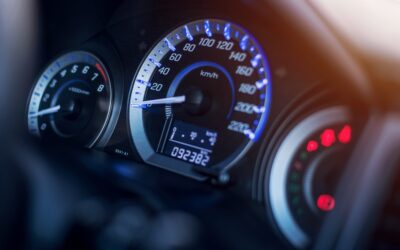The UK government is gradually lifting lockdown restrictions. In the coming weeks, many of us will be returning to work. That means that many of us will be driving for the first time in months.
It would be very frustrating indeed if, the day you’re finally ready to return to work, you find that your car won’t start. But unfortunately, this irritating scenario might be awaiting thousands of UK motorists.

Luckily, if your car won’t start, it’s not the end of the world. Let’s take a look at some of the things you can do to get yourself moving again.
Why Won’t My Car Start?
Cars aren’t designed to go for months without being driven. A lot of the systems in your car still draw power from your battery, even when the engine’s not running. That’s why, even if you’re not currently driving to and from work, you should still aim to drive your car at least once a week.
But this isn’t the only reason why car’s fail to start. The weather might cause problems too. If it’s too hot, you might have issues with fuel circulation, oil, or coolant. If it’s too cold, the chemical reactions required to make your battery work can be slower, which can make it harder to start your engine.
Understanding why your car won’t start might help you to get things up and running again. Let’s take a look at some of the things you can try if your car won’t start.
Car Won’t Start – What to Do Now?
Turn everything off
One thing to try is to turn off every system you can – the headlights, the heaters, the radio, and anything else that could be draining your battery. This way, your battery will be able to put all of its effort into starting your engine.
Cool down your engine
What’s the weather like? If it’s too hot, you might have to give your engine a chance to cool before it’ll start. You should also check your coolant levels, and consider changing your oil for the summer months.
Check your battery
But most of the time, if your car won’t start, it’ll be due to an issue with the battery. So check your battery, to see if it’s run flat. Some battery’s have charge indicators on the top. A green light usually means that everything’s fine, while an amber light means that there could be an issue. If your battery has no charge indicator, you can check the charge with a device called a multimeter. Head here to read our full guide to checking your car battery.
If your battery’s flat, you can try and charge it yourself. To do this, first you’ll have to disconnect your battery. If you don’t know exactly what you’re doing, this can be a dangerous job. So even if you have the means to charge your own battery, it might be a better idea to get professional help. Head here to read our guide to disconnecting and charging your car battery.
You can also try jumpstarting your car. For this you’ll need a set of jump leads, and access to another car with a fully-charged battery. Again, if you don’t know exactly what you’re doing, you run the risk of damaging both cars, and of injuring yourself. So once more, if in doubt, call a mechanic. Head here to read our full guide to jumpstarting a car with a flat battery.
Car Won’t Start – Help Is at Hand!
At Go Girl, we offer breakdown cover as an optional extra on our comprehensive car insurance policies. So no matter what happens, there’ll always be help at hand. Head here for more information.



